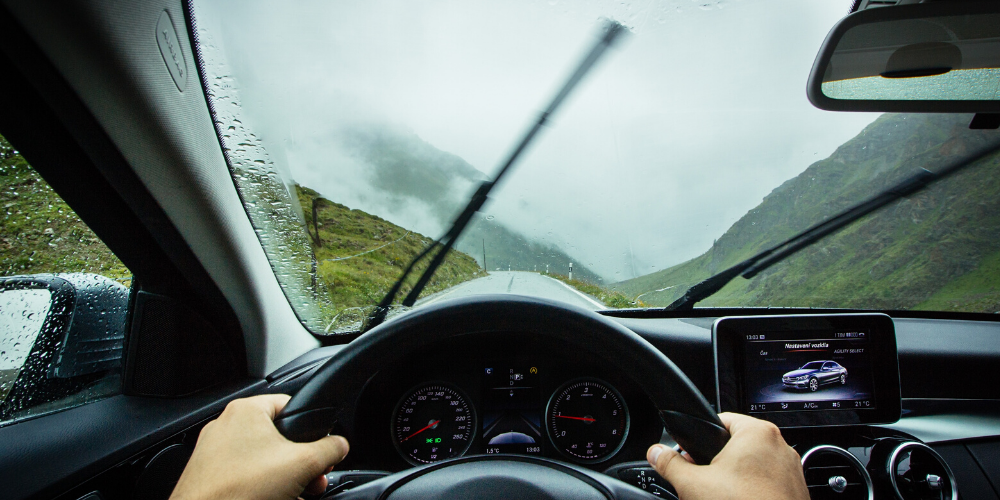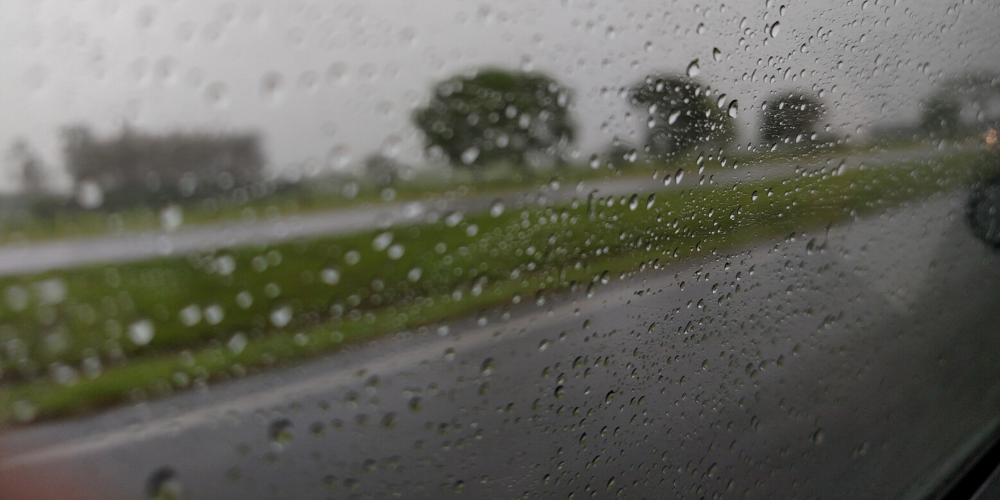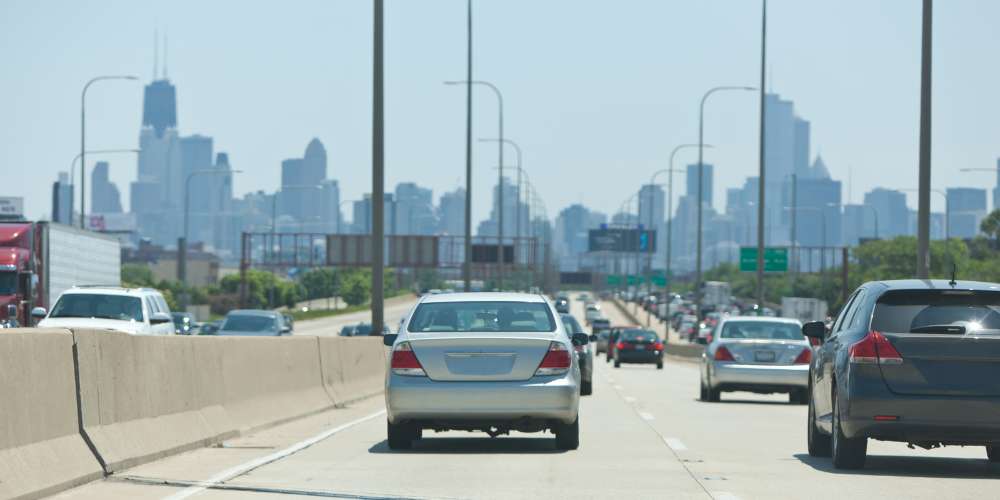While we recommend seeing a chiropractor after a car accident, the most important way to…

Tips on Driving in the Rain
The old saying, “April showers bring May flowers,” should be followed by “April drips can cause driving slips.” As we have more spring weather and sunshine, we’ll also have to endure our share of precipitation. While spring rainstorms set the stage for summer, they also mean puddle-filled streets, slick highways, and hard-to-see conditions on the road. Knowing how to navigate in rainy weather is important in order to be a safe driver in changing weather conditions.
If you don’t have to drive, don’t

The safest way to avoid an accident in rainy conditions is by staying home. Even the most cautious drivers can be the victims of car crashes, especially in inclement weather. If you can wait out the rainy weather and travel when the weather improves, do so. Of course, sometimes you don’t have the luxury to be able to wait out the storms. If you need to drive in the rain, remember to take the following precautions.
Check your equipment and plan ahead
 It’s especially important to make sure your car is in good shape before taking it out in rainy weather. Make sure your lights and windshield wipers are working effectively. It’s also important to check your tires, including your spare. Balding tires can be especially dangerous on slick roads. Plan ahead if you know you’ll be driving in the rain. Map out your route to avoid getting lost and pack an emergency kit including rain gear, an umbrella, and non-perishable food in case you’re forced to get out of your car or pullover during the trip.
It’s especially important to make sure your car is in good shape before taking it out in rainy weather. Make sure your lights and windshield wipers are working effectively. It’s also important to check your tires, including your spare. Balding tires can be especially dangerous on slick roads. Plan ahead if you know you’ll be driving in the rain. Map out your route to avoid getting lost and pack an emergency kit including rain gear, an umbrella, and non-perishable food in case you’re forced to get out of your car or pullover during the trip.
Drive slowly and cautiously

When driving in the rain, remember to either follow the speed limit or go slower than the posted limit. When rain gets on roads it can cause cars to hydroplane since a thin layer of water builds up between the wheels of a car and the road, leading to a loss of control. If your vehicle hydroplanes, don’t panic and don’t suddenly hit the breaks. Find open space and travel in that direction until you feel the car regain traction on the road. Due to the risk of hydroplaning, it’s also important to maintain a greater distance between your vehicle and the one in front of you.
Use your windshield wipers and ventilator

This may seem obvious if you’re driving in the pouring rain, but some people may not know that it’s also important to use wipers when it’s drizzling. Even light rain can quickly blind a driver’s view. Make sure to set your windshield wipers at an appropriate speed to effectively clear off water droplets and provide you a clear view of the road ahead. The rain can also cause higher humidity levels that can create fog on the inside of your car’s windows, blinding you from the road. Turn on your car’s ventilation system to reduce the fog on the windows. If the fog does not clear up, pull over until you can fully see out of your windows.
If you slip up

Even when taking extra precautions, you still can’t account for every obstacle on the road. If you are in an accident in rainy weather, make sure to prioritize your safety and well-being. If there are serious injuries or damages, call 911 immediately and report any required medical attention. As you plan your recovery, consider reaching out to a chiropractor. Chiropractic health professionals often specialize in relieving pain associated with many of the injuries caused by car accidents. They can create a unique recovery plan that suits your needs after an accident. A rainy day shouldn’t keep you off the road forever. Be cautious, be safe, and remember the sun always comes out again after the storm ends.
For more information, please contact us.



